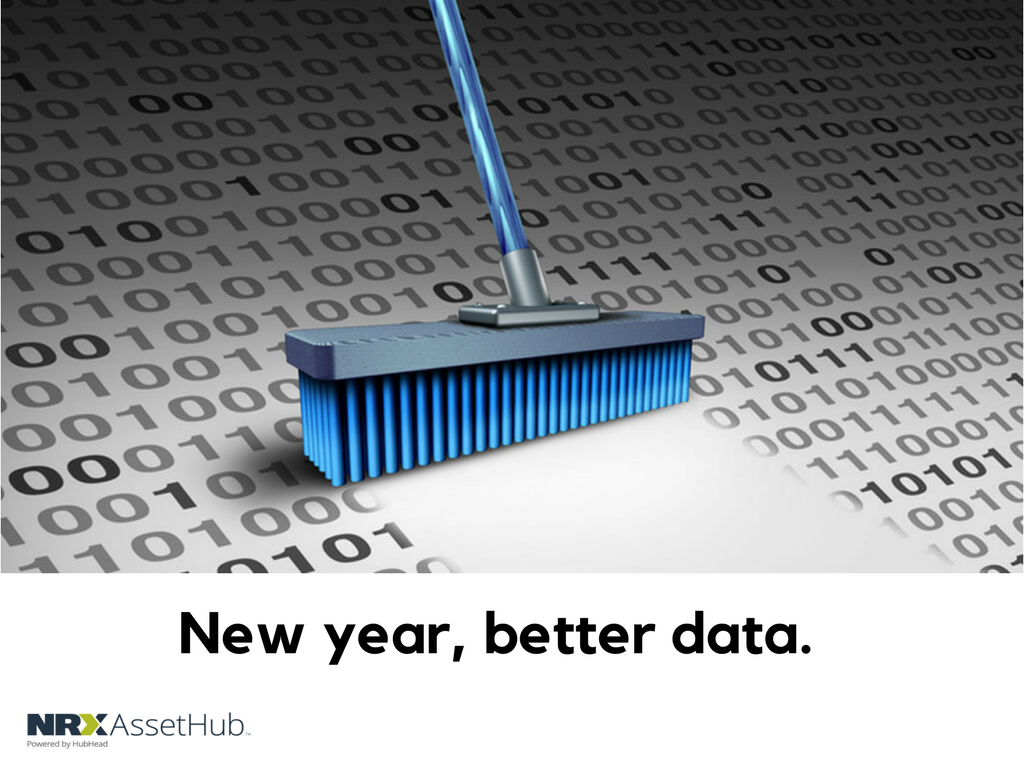Make your New Year resolution to do a Data Cleanse!
It is a continuous challenge for asset-intensive organizations dealing with extremely poor data. Poor data can drastically increase your companies’ maintenance costs. It can also affect your organization greatly when your company suffers through downtime at important times. Your poor data also result in decreased maintenance productivity, as well as uncover ES&S risks in your company. When your company has poor data, you lose time searching for parts and you may also have duplicate parts in your system that are of no use.
But don’t worry, a data cleanse is possible! Let’s explore the best the 4 best practices for fixing poor data:
- Prioritize data
A general principle in business is always to focus on the problems that have the greatest impact on revenue and expenses. Following a step by step procedure is essential as not everything can be fixed at once. Focus on what data needs to be fixed first. Start this by solving the issues that will increase production which help your company reach the highest ROI. Through this, you can assess your results and measure the ROI and further explore and identify which subsystems will provide the highest ROI and use that subsystem on similar ones.
- Measuring progress
When determining the development of your data cleanse, concentrate on your ROI-based business objective. Remember what your company is trying to accomplish and how your EAM is used to ensure success. Also determine KPI’s around master data completeness, accuracy, and suitability that are in accordance with achieving your desired objectives.
- Adopt and set standards
To ensure success, company standards should be properly documented and always accessible. Many businesses often face many challenges in embracing effective standards for their master data. It is best if your organization approves a standard that is approved by the entire organization so that execution is easier. It is also recommended that the standard be suitable and flexible for all major stakeholders to implement as well.
- Oversee the project
During the cleansing process, oversight over the entire project is very important. With the use of a staging area, this oversight becomes very easy and simple. A staging area will allow you to clearly find, search, filter and approve work-in-progresses so that the status of the project is clear to the entire organization.
If you follow these steps, you’ll be able to successfully run a data cleanse project. Want to learn more about how to cleanse your data? Download our whitepaper here!
Looking for a group of professionals to help you cleanse your data? We can help!
For more advice on how to easily and effectively run a data cleansing project, give us a call at 1-877-603-4679 or book a meeting. We would love to help!
Share this article

